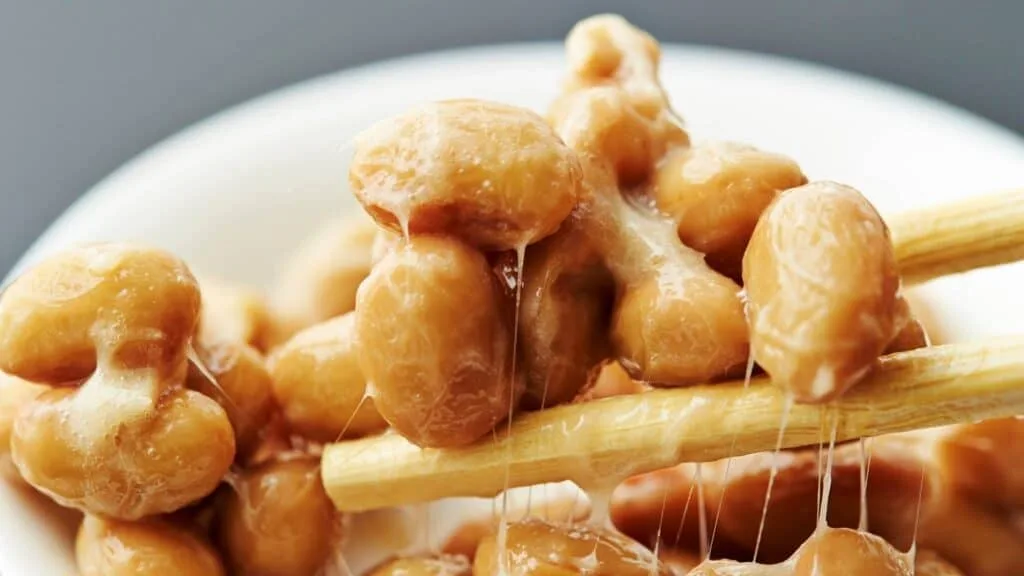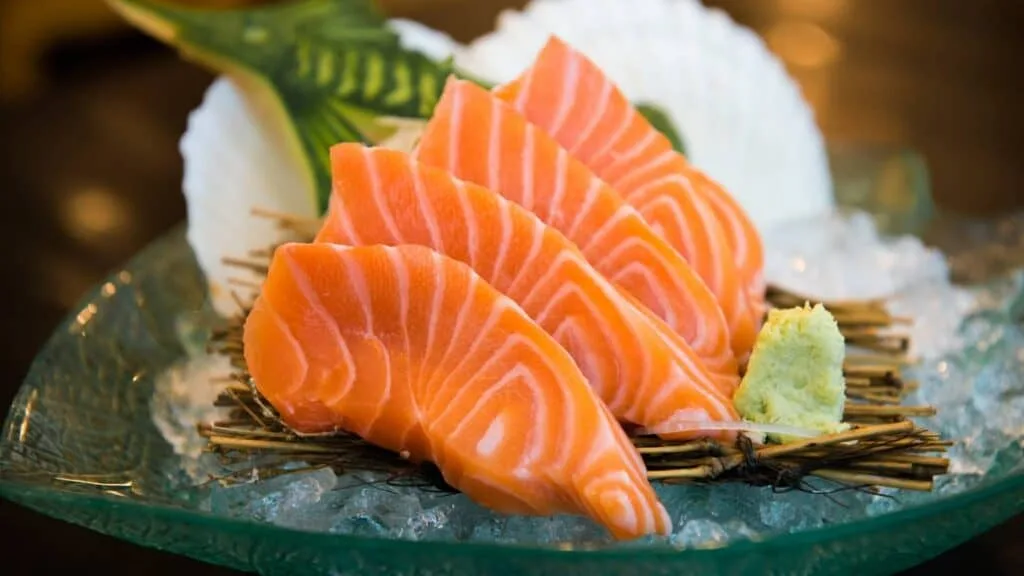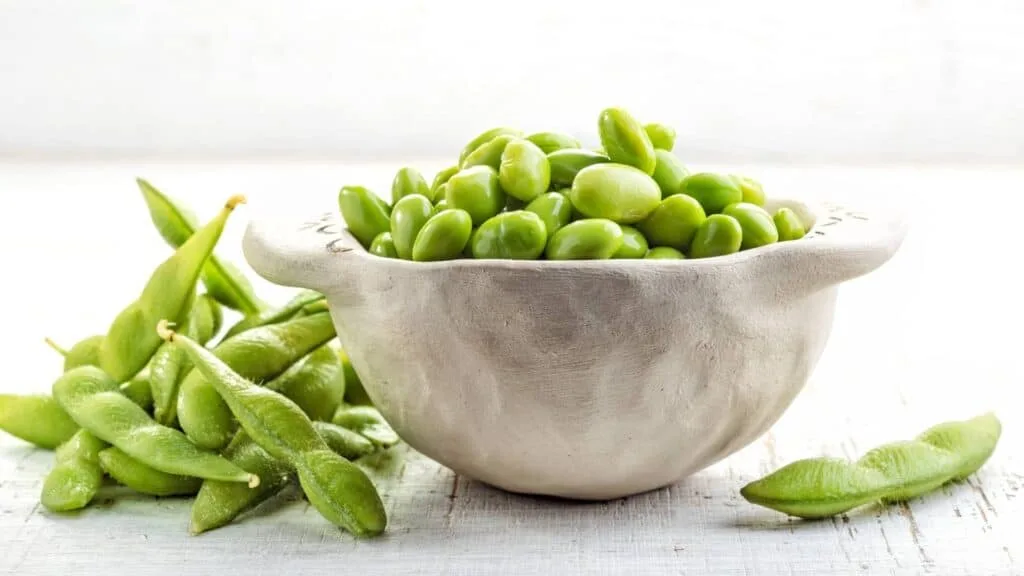Japan has a long history of eating healthy food. The Japanese diet is high in ingredients such as fish and seaweed, and most of the ingredients used is low in fat. The traditional Japanese diet includes a lot of rice or rice noodles, as well as soy products such as tofu and soy sauce.
Let’s take a look at the top 8 healthy Japanese food you must try and possibly add to your diet.
One of the best ways to explore Tokyo is to visit the local areas and immerse yourself in the local culture. If you want to explore local areas, we have created scavenger hunt adventures personalised to your interests, filled with fun facts, clues and puzzles. If you’re curious, you can check out the games here! Check out the Flip Japan Games here! |
Find out more about different Japanese drinks, Japanese beers, the special strong zero you can get in Japan, and how to prepare for a night out in Tokyo. If you want to know more about Japanese food, check out different fusion dishes, yakitori, types of ramen, and ramen chains.
How Does Healthy Japanese Food Contribute to Longevity?
Before we dive in, let’s first take a look at how healthy Japanese food contributes to longevity. The Japanese population has one of the longest life expectancies in the world, and there are many theories as to why this is. One theory is that it could be because of their diet. The Japanese diet is typically full of healthy food that promotes longer lives.
Japanese food is healthy for many reasons. Traditional Japanese cooking techniques such as stir-frying and steaming keep the nutrients in the food intact. This means that you can eat a variety of foods without worrying about missing out on essential nutrients.
When we say traditional Japanese cooking, we don’t just mean sushi and noodles. The majority of traditional Japanese dishes are healthy and nutritious. However, it is important to remember that different dishes vary in their nutritional quality depending on how they are prepared and what ingredients they contain.
8 Must-Try Healthy Japanese Food
1. Miso Soup

Miso soup is a staple in Japanese cuisine, popular all around the world. Miso is a traditional Japanese food that is high in protein and low in calories. The main ingredients are a stock called “dashi,” a soy paste called “miso,” and seaweed. There are many variations of miso soup, but they usually include tofu, wakame seaweed, green onions, and shiitake mushrooms as toppings. I recommend starting with low-salt miso because it’s less salty than other varieties, which might be too overpowering for people unfamiliar with the taste of miso.
2. Natto

Natto is a traditional Japanese food that is also a popular breakfast dish in Japan. Natto is made from fermented soybeans and is full of vitamins, proteins, and nattokinase enzymes. It’s an amazing meal for your body, your health, and your skin! It can be eaten with cooked rice or on its own. It has a sticky texture and a strong smell of garlic. The taste varies depending on the maker, but it usually has a strong, vinegary flavour. Natto is not for everyone, since the taste and texture are quite unique. If you haven’t tried it, definitely give it a go and see if you like it!
3. Salmon Sashimi

There are many different types of sashimi, and they are all quite healthy. In particular, salmon sashimi is very healthy. Salmon sashimi is a famous healthy dish in Japan. It’s thinly sliced pieces of raw fish that have many benefits, such as omega-3 fats, “the good fats,” vitamins, and other nutrients. Eating salmon sashimi is great for your heart and is said to help with weight loss.
The mercury levels in salmon are a concern for many people. While salmon is thought to be healthy, recent studies have shown that the mercury levels in salmon are a cause for concern, especially for pregnant women. Although these studies are limited and need to be replicated, it is troubling that people who consume this type of fish daily could be at risk for health problems due to the high amounts of mercury they ingest. Take salmon sashimi in moderation, and it can be a great addition to your healthy diet.
4. Shiitake Mushrooms

Shiitake mushrooms are some of the most popular mushrooms in the world. They are a popular ingredient in traditional Japanese cooking and are low in calories, high in protein, and a good source of carbohydrates. Shiitake mushrooms are healthful in many ways, but they are most known for their immune-building properties. They contain the compound lentinan, which has been shown to increase the production of white blood cells in humans.
Shiitake mushrooms also have anti-tumour properties and promote the body’s natural defences by lowering cholesterol levels and reducing blood pressure. The shiitake mushroom is a well-known medicinal fungus that has been used for centuries to help improve immunity, lower cholesterol levels, and reduce high blood pressure. Especially during autumn, there are many special Japanese recipes that feature shiitake mushrooms.
5. Ochazuke

Ochazuke is a healthy yet very simple traditional Japanese dish. This dish is typically eaten for breakfast or dinner in Japan. Ochazuke is made by pouring hot tea over cooked rice. Sometimes, instead of hot tea, hot water or hot soup stock is poured over cooked rice. Ingredients such as chopped nori, salmon, wasabi, and umaibo are eaten with ochazuke. It is a refreshing dish that can be made quickly. If you are in Japan and want to try it out, you can usually find it in izakayas.
6. Tofu

Tofu is a type of food made by coagulating soy milk and pressing the resulting curds into soft white blocks. Tofu is a great source of plant-based protein and, in recent years, has gained a lot of popularity worldwide. It is an inexpensive source of protein with a relatively bland taste that absorbs the flavours of other foods. As such, it serves as an alternative to meat products in vegetarian diets.
There are many recipes you can make from tofu, and it can be used in salty and sweet dishes. You can eat tofu uncooked and cold with some chopped green onion and ginger, along with soy sauce. Tofu can also be eaten deep-fried, stir-fried, boiled, and used in shabu shabu. There are many different ways to enjoy tofu, so give it a try when you visit Japanese restaurants.
7. Soba

Soba noodles are not as well-known as ramen or udon, but they are a healthier and, some might argue, tastier option. Soba noodles are made from 100% buckwheat flour. They have many health benefits, such as zinc and potassium, and they are also high in protein and low in fat. It is believed that soba noodles can help you control your blood sugar. Soba noodles can be eaten cold on their own or hot with dipping sauce. They are popular in Japan, where they are often served with quick pickles and soy sauce or in broth-based soups such as the traditional Japanese miso soup.
8. Edamame

Edamame, meaning “beans on branches,” is a traditional Japanese food consisting of boiled immature soybeans in their pods. It is considered one of the healthiest foods in the world. Edamame is an easily prepared dish that is low in calories and high in protein. It is rich in vitamins and minerals and offers numerous health benefits. Edamame is usually seasoned with sea salt and is occasionally deep-fried. Interestingly, edamame originated in China, where it was called “maodou” or “hairy beans.” It has been eaten for centuries by Buddhist monks due to its high nutritional value.
Exploring Healthy Japanese Cuisine
Have you tried these healthy Japanese dishes? What other healthy Japanese foods do you know about? When you get a chance, definitely give these dishes a try! Japanese cuisine is renowned for its balance of flavours, nutritional benefits, and use of fresh ingredients. The emphasis on seasonal produce, lean proteins, and minimal processing contributes to the overall health benefits of Japanese food.
Additionally, traditional Japanese diets have been linked to lower rates of heart disease and obesity. Whether you’re enjoying a bowl of miso soup, savouring salmon sashimi, or snacking on edamame, you’re not only indulging in delicious food but also boosting your well-being. So, explore these culinary delights and discover the many ways Japanese cuisine can enhance your diet and health.
And don’t forget, there’s always the option of pairing your meal with some great beer, no matter where you are!
Find out more about different Japanese drinks, Japanese beers, the special strong zero you can get in Japan, and how to prepare for a night out in Tokyo. If you want to learn more about Japanese food, check out different fusion dishes, yakitori, types of ramen, and ramen chains.
Stay tuned for more information about Japan travel, Japanese culture, moving to Japan, living in Japan, Japanese language, and more.






